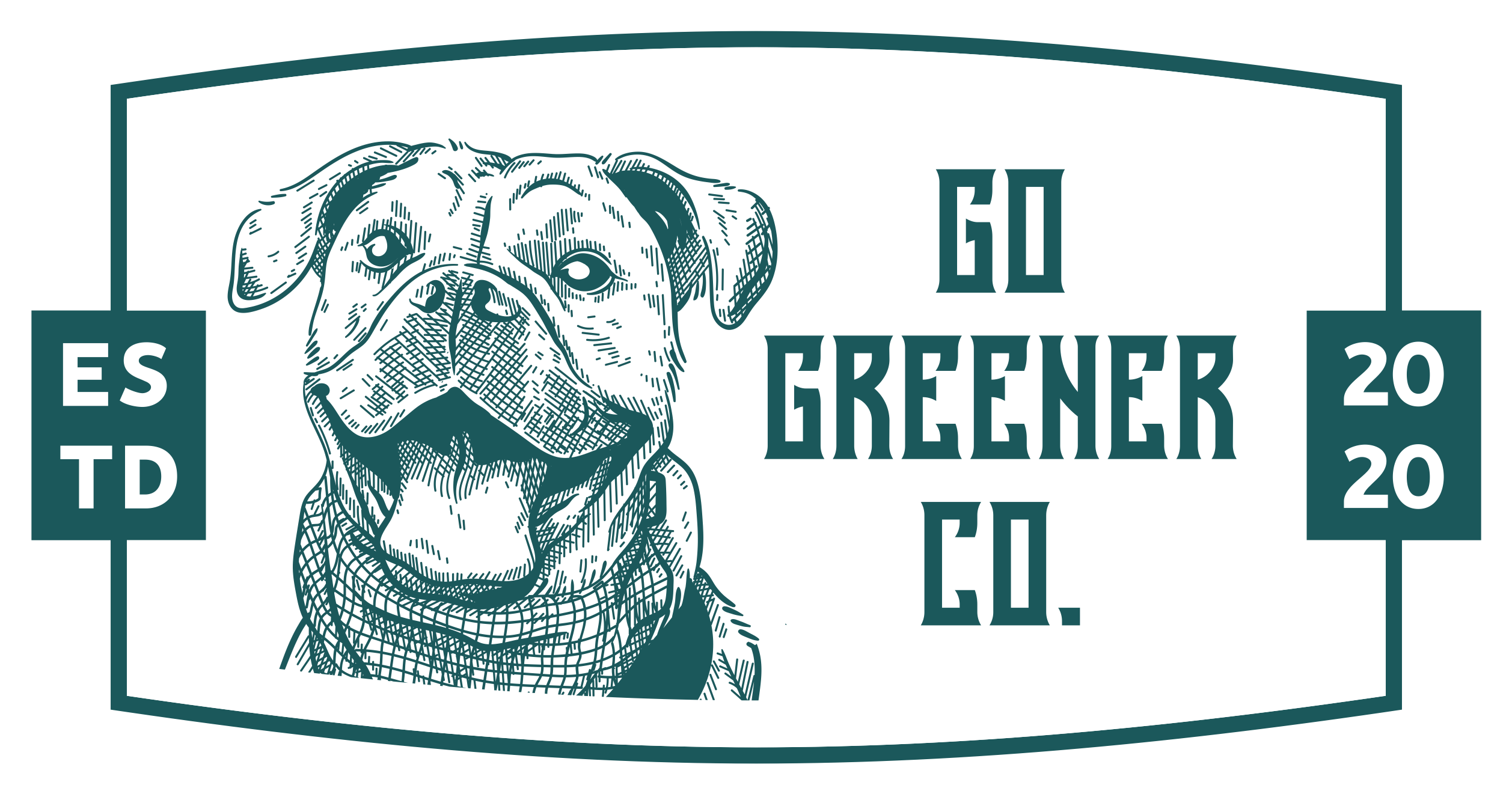Let’s Talk Kibble
Most dog owners are trying to do the right thing. We want our dogs to be happy, healthy and full of beans. But what if the very thing you feed your dog every day is doing more harm than good?
Ultra-processed kibble—the dry, crunchy stuff bagged up in bright packaging—might be convenient. But it’s often made from low-grade ingredients, pumped with additives, and heavily refined, stripping out much of the nutritional goodness along the way. And let’s not even start on the environmental cost (actually, we will… keep reading).
What Is Ultra-Processed Dog Food, Exactly?
Ultra-processed food is defined as food that’s been through multiple stages of industrial processing. For dog food, this means:
- Rendered animal by-products (think “meat meal”, a polite way of saying leftovers from abattoirs)
- Synthetic vitamins and minerals added to compensate for what’s been lost
- Preservatives and flavour enhancers to extend shelf life and keep dogs interested
In other words, it’s the canine equivalent of microwave meals and fizzy drinks—mass-produced, long-lasting, and cheap to make.
Health Concerns: Convenience Comes at a Cost
There’s growing evidence that ultra-processed foods may contribute to:
- Digestive problems
- Obesity and weight gain
- Skin issues and allergies
- Behavioural changes due to lack of essential nutrients
One study published in Veterinary Record found that dogs fed a raw, minimally processed diet had better coat quality, dental health and gut function than those on a traditional kibble diet.
Of course, no food is a one-size-fits-all solution. But it’s worth questioning the norm—especially when the ‘norm’ is made in a giant factory line.
Environmental Impact: It’s Not Just About Health
Producing ultra-processed kibble doesn’t just affect your dog—it affects the planet too.
- Mass farming for meat meal uses intensive agriculture, often with a high carbon footprint
- Packaging waste adds to landfill, especially with plastic-lined bags
- Factory production methods consume more energy than smaller-scale, ethical producers
According to a study by the University of Edinburgh, the global pet food industry contributes up to 64 million tonnes of carbon dioxide annually—on par with the emissions of a small country.
Better Alternatives: What Should We Feed Instead?
You don’t have to go full ‘wild wolf’ to improve your dog’s diet. But you can look for:
- Raw food diets: Using ethically sourced meat and veg, often delivered frozen in reusable packaging
- Gently cooked fresh food: Cooked at lower temperatures to retain nutrients
- High-quality dry food (if raw isn’t an option): Look for brands that are transparent about ingredients and use limited, whole-food components
Realistic, Sustainable Feeding Tips
We get it. Not everyone has the time or budget for a Michelin-starred menu for their mutt. But small changes go a long way:
- Read the label: If you see “animal derivatives” or ten ingredients you can’t pronounce, that’s a red flag
- Support local producers: Many raw food brands in the UK use British meat and recyclable packaging
- Transition gradually: Don’t switch overnight—mix new food with the old across 7–10 days
Final Thought
Feeding your dog shouldn’t feel like a guessing game. But sadly, the pet food industry has spent years hiding behind marketing claims and colourful packaging.
By asking better questions and supporting brands that are transparent, ethical and focused on health, you’re doing right by your dog—and the planet they walk on.
